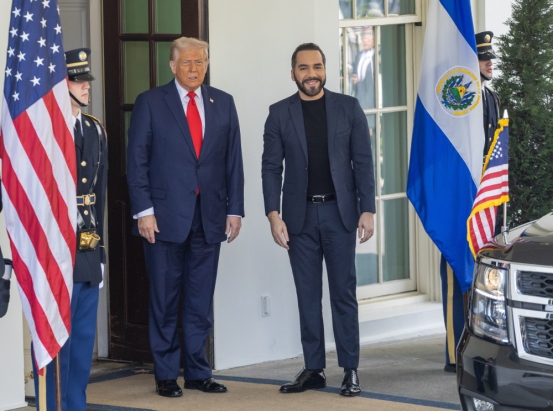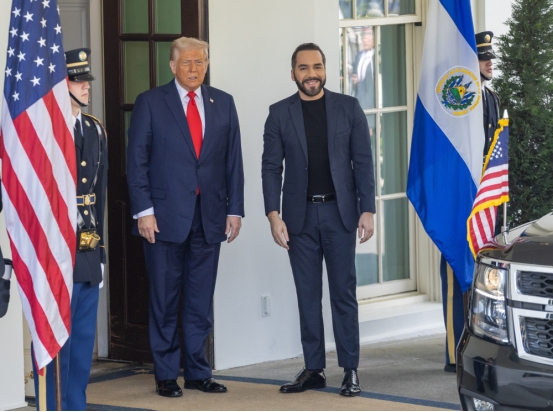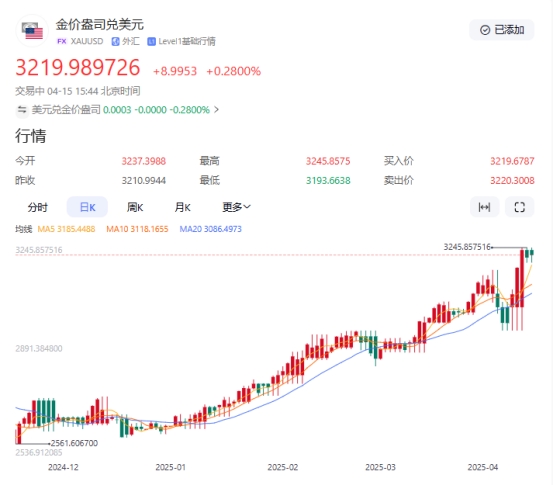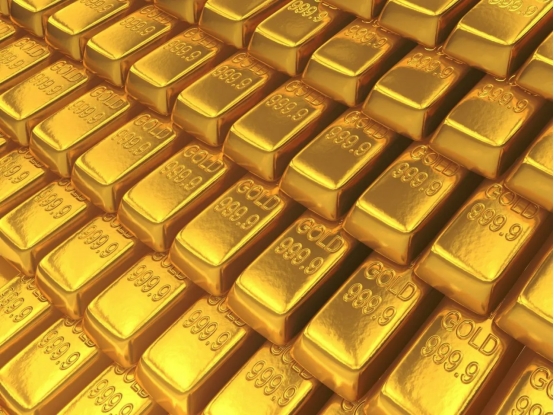Trump's criticism of Zelensky intensifies Russia-Ukraine conflict
- 2025年4月16日
- Posted by: Macro Global Markets
- Category: News

On April 14, 2025, U.S. President Trump once again blasted Ukrainian President Zelensky during a meeting with Salvadoran President Bukele at the White House, saying that he "recklessly provoked a war" and was "ungrateful" for U.S. aid.

1. Trump’s “three-hit” policy has increased uncertainty in the conflict
In an exclusive interview with Bloomberg, Trump bluntly stated: "Zelensky declared war on a country that is 20 times more powerful than Ukraine, but kept asking for Patriot missiles. This behavior is risking civilian lives." He also blamed Putin, Biden and Zelensky for the deaths in the Russia-Ukraine conflict, emphasizing that "only I can stop this massacre." The day before, Zelensky announced plans to spend $15 billion to purchase 10 Patriot systems and publicly called on Trump to visit Ukraine, but was strongly rejected by the latter.
2. Hinting at cutting military aid to shake up the Western camp
When asked whether he supported Ukraine's purchase of more weapons, Trump sarcastically said: "American taxpayers should not be paying for other people's wars indefinitely." This is in stark contrast to the "US$20 billion in military aid" promised by the US State Department in March, triggering market concerns about a "shift in US aid policy." European Council President Michelle made an emergency statement that "the EU will fill the aid gap", but the market is skeptical whether the EU's coordination ability can offset the US policy swings.
3. Risk of “dual-track intensification” of tariffs and foreign policy
On the same day, the U.S. Department of Commerce revealed that it is evaluating the feasibility of imposing a 49% tariff on transistor equipment from TSMC, Samsung and other companies. This move could cause the global 28nm process cost to surge by 15%. The combined effect of geopolitical conflicts and industrial policies has caused the VIX panic index to climb to 32.7, its highest level since the banking crisis in 2023.
2. The gold market's "double risk aversion" demand exploded: geopolitical and policy resonance pushed up gold prices
1. Geopolitical premium continues to rise
Spot gold was quoted at $3,227.21 an ounce in the Asian session, up 22% from before the conflict broke out (December 2024). Data from the World Gold Council shows that global gold ETFs had a net inflow of 56.9 tons in the first two weeks of April. The People's Bank of China has increased its holdings for five consecutive months, with reserves reaching 2,290 tons in March, accounting for 6.1% of foreign exchange reserves. "Trump's foreign policy uncertainty is pushing gold to the ultimate safe-haven status of 'non-credit assets'," said Wang Yang, chief analyst at CICC.

Goldman Sachs raised its gold price target to $3,700 by the end of 2025, citing "prolonged geopolitical conflicts and the Federal Reserve's early rate cut" as the reasons; JPMorgan Chase's quantitative model shows that when the VIX index is above 30 and the real interest rate is below 1.5%, the risk premium ratio of gold to the S&P 500 will expand to 2.5 times, driving funds to migrate from US stocks to gold at an accelerated pace. It is worth noting that the COMEX gold options market saw "large volumes of $3,300 call options", reflecting institutions' strong expectations of breaking through historical highs.
3. Risk Warning: Gold volatility increases under policy swings
1. Short-term geopolitical events drive violent shocks
On April 15, the European Union plans to launch the ninth round of sanctions against Russia. If it involves adjusting the energy price ceiling, it may trigger countermeasures from Russia, pushing up the short-term volatility of gold to more than 45%. In addition, the Trump administration may announce the final list of transistor tariffs on April 18. If it exceeds market expectations, the price of gold may experience a bipolar fluctuation of "safe-haven buying-liquidity shock".
2. Risk of miscommunication of the Fed’s policy
If Federal Reserve Chairman Powell downplays expectations of a rate cut in his speech on April 24, it could cause gold prices to give up their intraday gains and test the psychological level of $3,200. On the contrary, if a dovish signal is released that "the impact of tariffs is far beyond expectations", the gold price may break through $3,250 and open up new space of $3,300-3,350.

